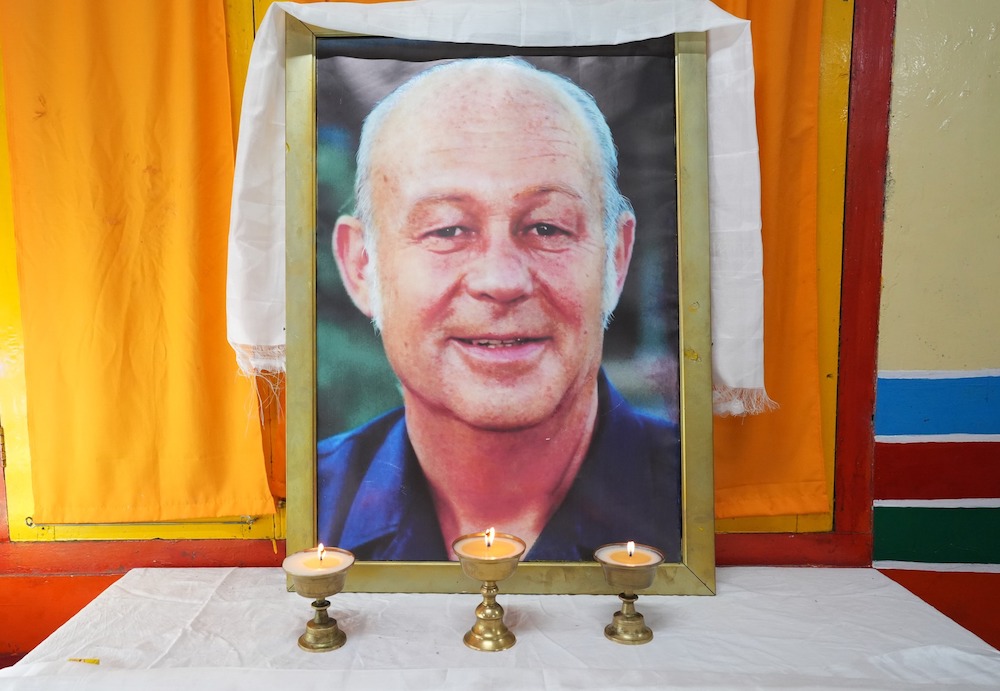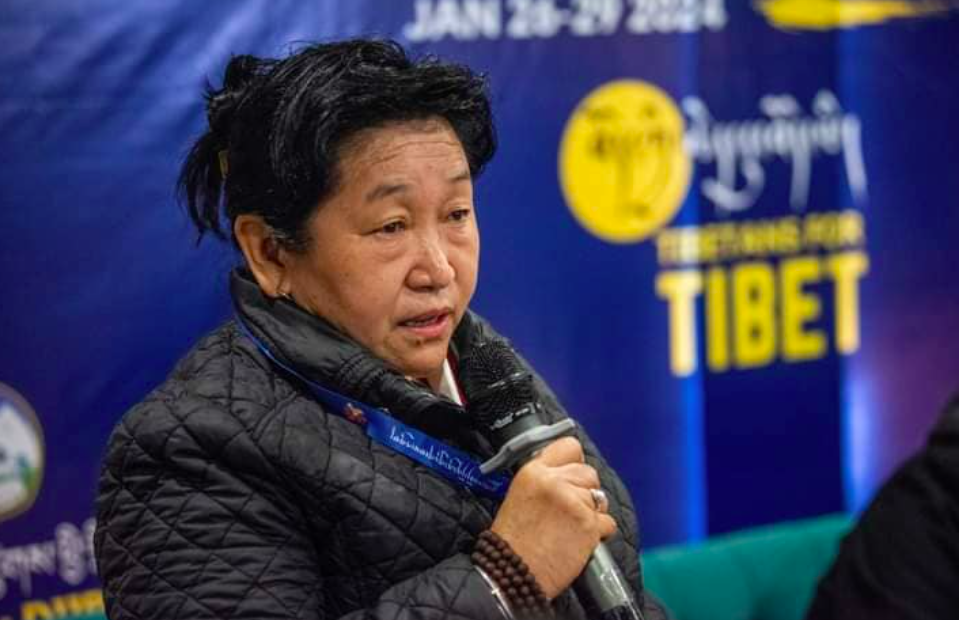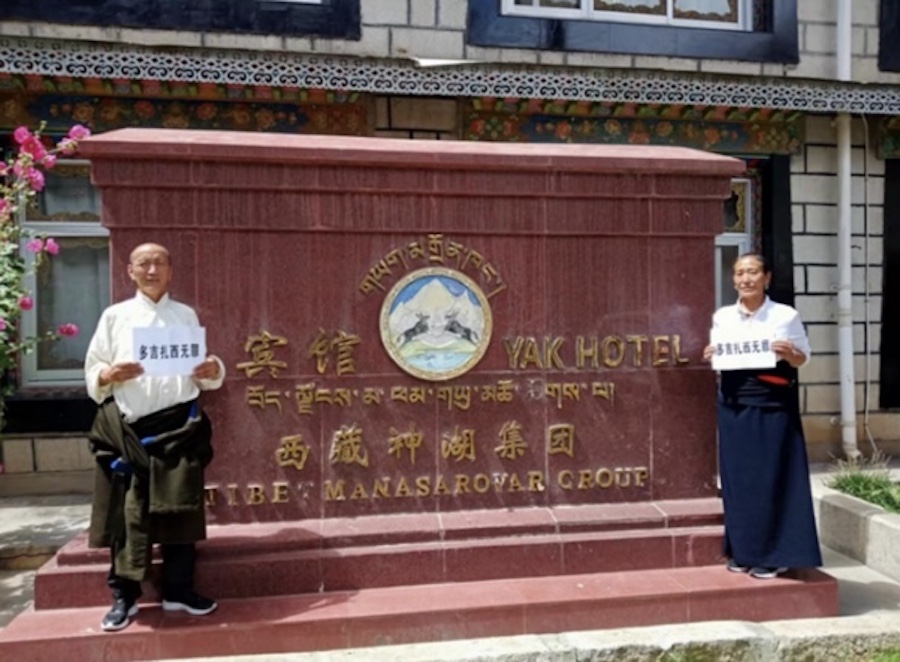Review by Bhuchung D. Sonam
Film ─ SEEDS
Directed and produced by Tenzin Dazel
Length ─ 28 minutes
Draped in a long flowing skirt fashioned after Tibetan national flag, a girl stands in the middle of nowhere. Blood drips from her outstretched hands. Yellow sun of the flag shines from her belly and white of the snow mountain drags on the ground like a wedding gown. Slowly blood soaks through the white as if to disturb the harmony and the spirit of peace. Screaming the girl runs ahead into a nowhere road.
We are in the middle of Tenzin Dazel’s 28 -minutes debut film SEEDS. This scene is a symptomatic of the time and circumstances under which we live.
The film captures in essence how the young ones in exiled Tibet experience reality everyday. SEEDS tells stories of a young man who is ready to leave for the US; another one who works at a Call Centre; a jilted pregnant girl; another girl whose brother does not allow her to wear Paris Hilton skirt and a tattooed guy with a pistol.
Dazel, a fashion designer by profession, uses a black and white film camera with which she follows her characters into their bedrooms, to rooftops and on the road. In the process they tell snippets of their displaced lives through laughter and tears. “I don’t know who to shoot,” says a guy holding a pistol, and his friend says, “Yeh. Shoot the Chinese!” Laughter blooms. The question is: Where are the Chinese? The ones we probably want to shoot are hiding behind the heavily fortified sanctuary of Zhongnanhai. Never mind where there are, our anger is compassionate irritation. We will not shoot.
Tibetan diaspora is a ball of disparate desires, pathless travels, hopeless hopes and endless beginnings. Likewise in SEEDS, these things hang heavy in the air driving the characters ever closer to a common denominator. Are they Tibetans? Yes. Are they young and intense? Yes. Are they somewhat angry? Yes. Do they know where they are going? ah ah ah…yeh… well no… may be… actually… perhaps…i guess.
SEEDS is a fair representation of today’s Tibetan youth, the ‘ma’ong sontsas’. They come in all garbs ─ a jilted girl, a PhD. candidate, a tattooed guy, a computer gig, a call center employee, a nurse, and a school dropout ─ all in pursuit of their dreams. Each day they move from one dot to the next about doing their things.
Dazel shows that exile is what it is ─ a bunch of people, each with his/her baggage full of angst and worries always looking for the next destination. She also shows that exile is a space where each one is ready to come at a moment’s notice to protest, to picket, to rally, and to march for freedom. The collective hope of the young ones is to go back to their homeland.
Bhuchung D. Sonam can be reached at bhuchungdsonam@gmail.com









